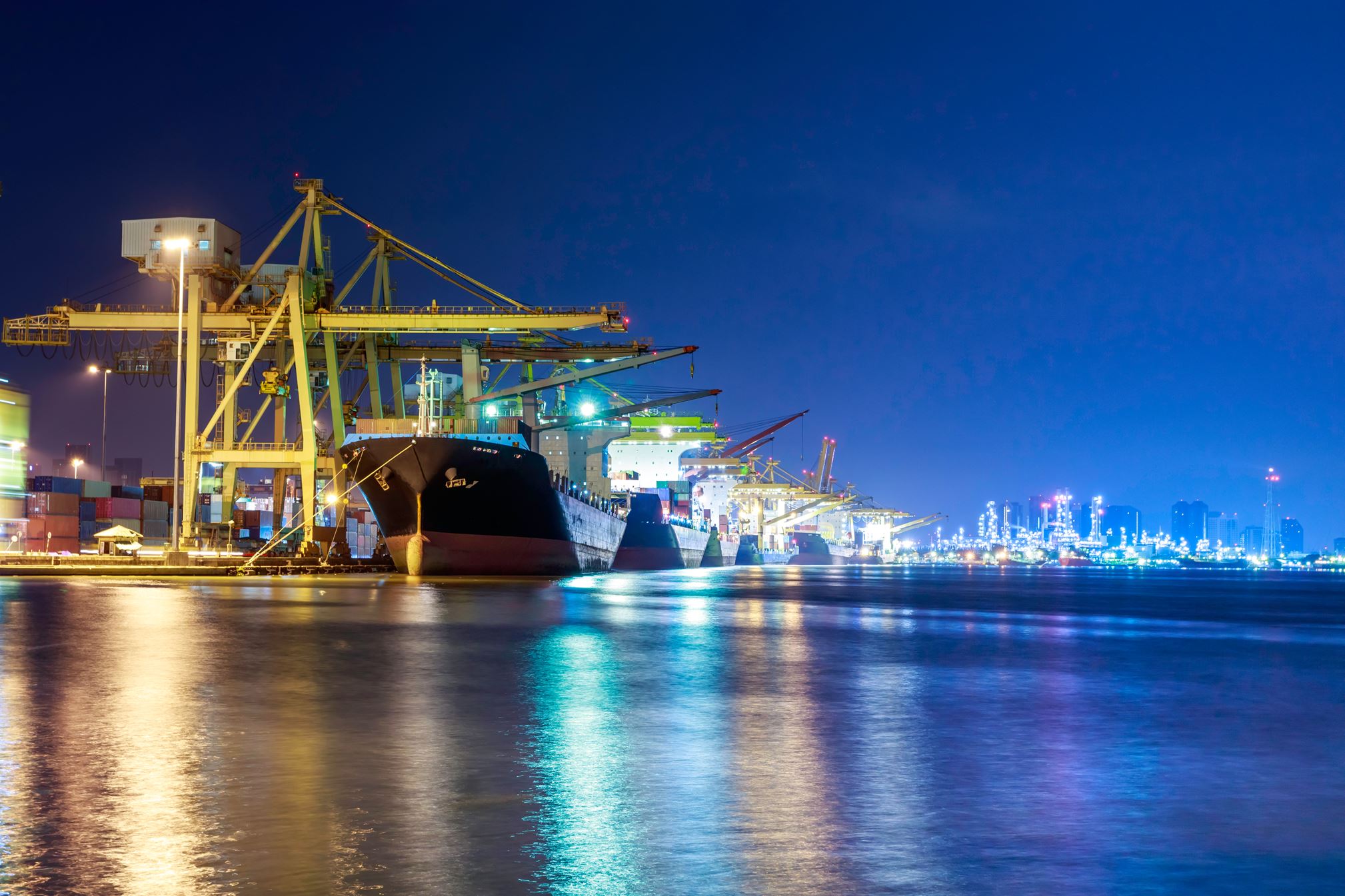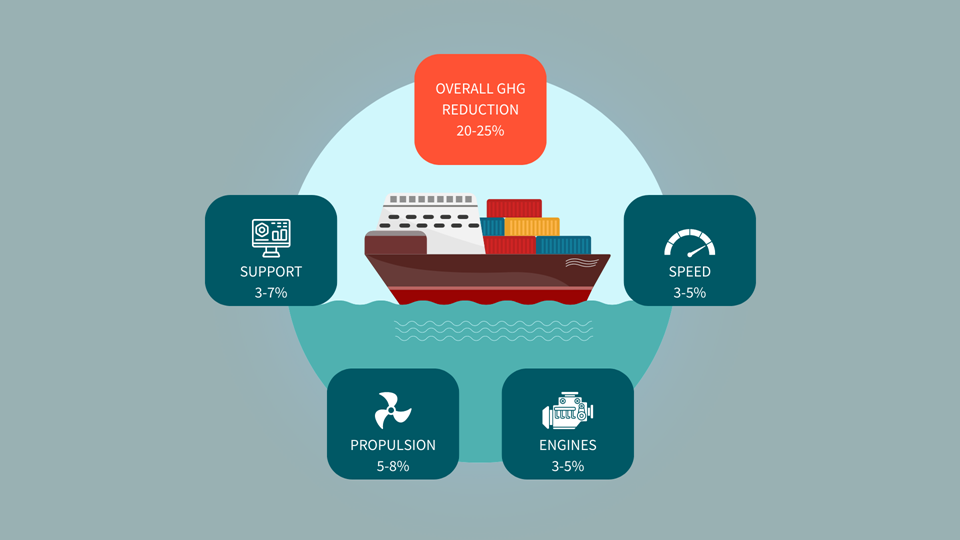
How to leverage regulatory spending for vessel and fleet performance improvements
Merchant shipping emits around 1 billion tons of CO2 annually, which equates to approximately 3% of global greenhouse (GHG) emissions. It’s a huge amount from a single industry, which is why the International Maritime Organisation (IMO) requires a 50% reduction by 2050 compared to 2008.
As part of this, the IMO is implementing a new tranche of regulations designed to limit GHG emissions with focus on applying technology to monitor on board parameters that effect a vessel’s carbon footprint, and therefore its impact on the environment.
One such technology is the Shaft Power Limiter (ShaPoLi), which records engine power usage and provides captain and crew with information on over power situations that should be avoided. ShaPoLi takes data from the Shaft Power Meter, and once both systems are on board, the door opens for a more in-depth ship performance monitoring program that meets regulations and reduces costs.
Offset costs
With the technology mandated by new regulations installed, it’s relatively simple to apply it to a wider ship performance monitoring system, so the initial costs can be very quickly offset against the savings generated by better operational efficiency and lower fuel consumption.
In fact, using estimates taken from DNV’s decarbonization toolbox, a ship performance monitoring system using a Shaft Power Meter and integrated support system – like the Danelec offering already used by 5000 ships – can deliver 20-25% reduction in GHG emissions and matching fuel savings, split across decision support systems, propulsion, engines and ship speed.

The savings are generated by using data from measured parameters within voyage optimization workflows. The Kyma Shaft Power Meter and other sensors feed diverse information to the ship performance monitoring system, which is then used to plan i.e., the best route, speed and engine performance to make the most out of every single litre of fuel a ship uses.
Flexible monitoring
Alongside a flow meter for the primary engine and a speed log, the Shaft Power Meter is one of the most important sensors for ship performance monitoring. By measuring the power transferred from main engine to propellers, its possible to tightly monitor operational performance, while providing accurate GHG emissions figures for the authorities.
The ability to integrate the data with other sensor data takes the potential performance improvements to the next level still, which is why Danelec Ship Performance Monitoring solutions are designed to be highly configurable, modular and scalable. The key here is that all ships are different so getting the best results demands a system that can be adapted accordingly.
While ship performance monitoring delivers tangible environmental and economic benefits, more needs to be done to reach the IMO’s 50% emissions reduction target. However, everything from new ship designs, hull coatings, waste heat recovery systems and electrification through to wake-equalizing ducts, wind assisted propulsion, slow steaming and trim optimization should get the industry to where it needs to be by 2050.
Get in-touch
Want to get in-touch with us? Want to know more about our products and services offering? We are keen to hear from you and will make sure to get back to you as quickly as possible.